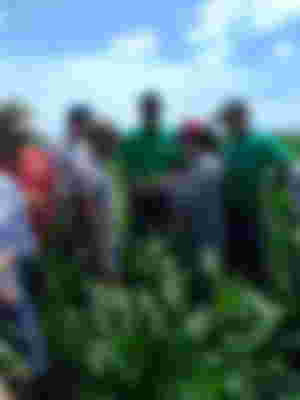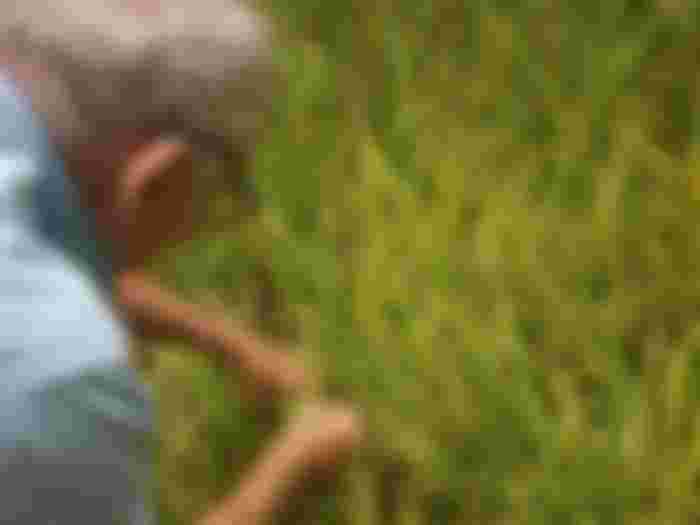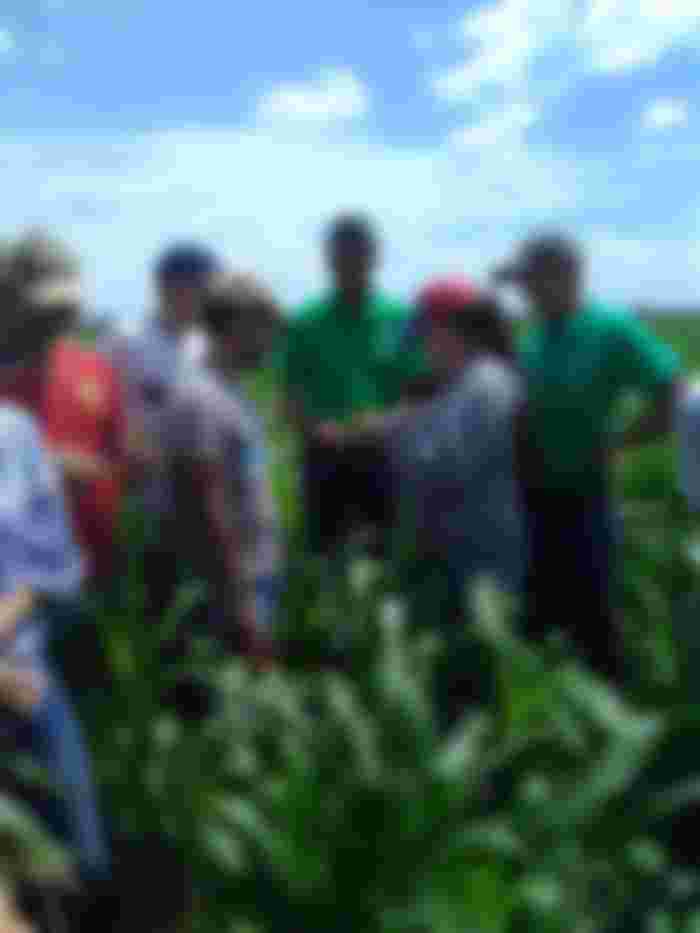In the first part I indicated that in this second chapter I would be writing about .....
The Cereals

Cultivation of Rice and Oiza
Cereals are conceptualized as staple foods, the daily bread of man's diet.
Among them, the following stand out
* Wheat
* Corn
* Rice.
It is estimated that these three cereals represent more than 85% of world cereal production. Of course there are others that are very important in the food culture of some peoples and others that are grown almost exclusively for animal feed.

Cereal grains became the main source of food for the first civilizations, such as rice in Asia, corn in America and wheat in the Middle East and the Mediterranean basin.
Cereals have a very high nutritional value, they provide us with starch and sugars, proteins, vitamins and are an important source of essential minerals for our diet.
I am going to mention the type of cereal and the first producer in the world of that cereal so we have to...
Corn and Sorghum correspond to the United States of America.
Oats and Barley to Russia
Wheat and Paddy Rice to China
Millet in India.
As far as the Americas are concerned, the following stand out...
Brazil as the world's third largest corn producer
Mexico as the world's fourth largest corn and sorghum producer.
Wheat

Wheat is considered the universal cereal, having started its cultivation in the Middle East region, it is the first nutritional resource in the world, being the most consumed cereal and of course the most traded internationally. In my country, Venezuela, wheat is not produced and is imported for the production of flour and our daily bread.
The world's largest producer is China, a country where its consumption is only surpassed by paddy rice. The most cultivated varieties are the so-called naked wheat, especially Triticum aestivum and Candeal wheat with floury grains that fall from the ear during threshing. For the production of pasta and semolina, the hard wheat variety Triticum durum is preferred.
Corn

Practice on corn cultivation with a group of UCV - FAGRO students.
From Asia we move to the American continent to talk about corn, this cereal, more than eight thousand years ago corn was cultivated by the Indians of Central America, today the United States is the country where it is most cultivated, covering almost 50% of world production. Corn can be considered the crop of two socioeconomic worlds, in developing countries, not to say third world countries, corn is a source of first order in human food, while in countries like the United States its use is mainly for animal consumption.

In my country corn, as I said before, is our daily bread, with which the traditional arepa is made, it is very difficult that in a Venezuelan home is not consumed at any time an arepa. In the past, after a celebration, or after a baseball game, it used to end up in an arepera to finish off the night!
Corn arrived in Europe thanks to Christopher Columbus and from the 15th century it spread throughout the world. It is said that in addition to feeding man, it feeds poultry, contributes to the yellowing of egg yolks and fattens cattle!
But corn goes beyond that; edible oil is extracted from it, and it is used as a base for making sauces, sweets and cakes. It is also used in the paper and pharmaceutical industries. In Brazil, a few years ago (2017) the first plant to produce Ethanol, a biofuel based on corn, was inaugurated.
Rice

UCV-FAGRO students practice in rice cultivation Calabozo - Venezuela
Rice, a cereal native to Asia, is responsible for feeding more than half of the human population and alone represents 30% of the cereal production.
Rice is rich in starch and is highly nutritious, however it is considered the poor relative of cereals because it does not contain vitamins, which it loses in the glumella when the rice is threshed.
Rice cultivation requires special soil and water conditions because it demands a large amount of this element and its vegetative cycle develops practically submerged in water. This condition requires constant vigilance by the farmer and easy access to the water source, generally large reservoirs, rivers or deep wells.
The rice is mainly used for human consumption, either as a main dish or in the preparation of noodles and alcohol. Oil and a flour rich in protein can be obtained from the milling residues.

The next chapter will be dedicated to the Feculent plants!
Original photo and writing support by oizaguirres for read.cash
My thanks to the students of the last semester of Agricultural Engineering UCV - FAGRO - Maracay.
Translator DeepL Free.








As a Filipino, Rice is indeed very important to us. It is the most important food for us. Because we are generally less fortunates in terms of money, some people only eat rice with salt. It doesn't matter if we do not have a viand. What matters the most is we have rice or in some families, corn. I appreciate your article really.